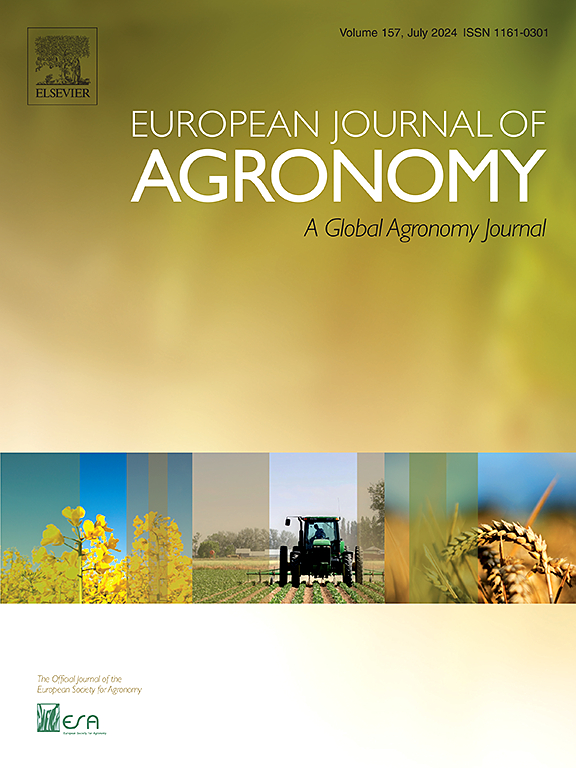Assessing the impact of climate variability on Australia’s sugarcane yield in 1980–2022
IF 4.5
1区 农林科学
Q1 AGRONOMY
引用次数: 0
Abstract
Sugarcane is an important crop for global food and energy production. However, its production is greatly affected by inter-annual climate variations in major production regions. While previous studies have assessed climate impacts on sugarcane yield at individual sites, a regional-scale understanding of the climate-yield relationship remains unclear. Here, we collected historical sugarcane yields (1980–2022) and meteorological data from 23 sites across Australia’s eastern coastline sugarcane belt. Three statistical methods, random forest (RF), eXtreme gradient boosting regression (XGBoost), and multiple linear regression (MLR), were used to assess the impacts of climatic factors on sugarcane yield. The results showed that the machine learning methods, particularly RF, outperformed MLR in estimating sugarcane yield. The RF model explained 45–62 % of yield variations in Australia’s sugarcane regions based on climatic means and extreme climate indices. Growing season rainfall was identified as the most important factor influencing sugarcane yield in the Northern region, while CDD (consecutive dry days) was critical in the Central region, and TNn (minimum daily minimum temperature) was the dominant factor in the Southern region. Notably, the dominant factors exhibited a non-linear relationship with yield. In the Southern region, the lowest temperatures above 5 °C produced high yields. By contrast, in the Northern region, yields decreased with rainfall exceeding 1500 mm. Similarly, in the Central region, the increase in CDD substantially reduced yields, with yields reaching a low level after 70 days of CDD. To address these impacts, region-specific adaptation strategies are recommended, including the cultivation of waterlogging-tolerant crop varieties, the development of efficient irrigation systems, and the adoption of low-temperature-tolerant cultivars. This study highlights the critical importance of quantifying the contribution of climate variables to crop yield variability, thereby informing the development of effective, region-specific management practices.求助全文
约1分钟内获得全文
求助全文
来源期刊

European Journal of Agronomy
农林科学-农艺学
CiteScore
8.30
自引率
7.70%
发文量
187
审稿时长
4.5 months
期刊介绍:
The European Journal of Agronomy, the official journal of the European Society for Agronomy, publishes original research papers reporting experimental and theoretical contributions to field-based agronomy and crop science. The journal will consider research at the field level for agricultural, horticultural and tree crops, that uses comprehensive and explanatory approaches. The EJA covers the following topics:
crop physiology
crop production and management including irrigation, fertilization and soil management
agroclimatology and modelling
plant-soil relationships
crop quality and post-harvest physiology
farming and cropping systems
agroecosystems and the environment
crop-weed interactions and management
organic farming
horticultural crops
papers from the European Society for Agronomy bi-annual meetings
In determining the suitability of submitted articles for publication, particular scrutiny is placed on the degree of novelty and significance of the research and the extent to which it adds to existing knowledge in agronomy.
 求助内容:
求助内容: 应助结果提醒方式:
应助结果提醒方式:


